What is AMD Fusion and why should I care?
AMD has melded a processor and a graphics chip together, but is this development as revolutionary as AMD claims? Seth Barton takes a look, not only at the technology, but at its implications for end users and the technology industry as a whole.

The AMD Fusion logo
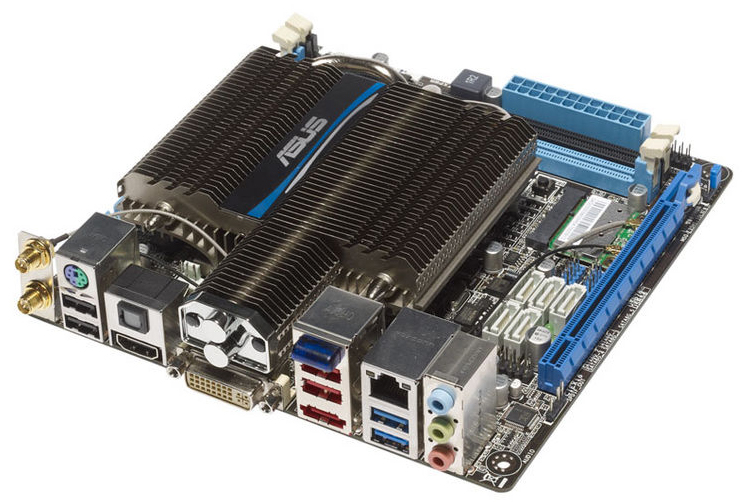
Asus’s all-in-one E35M1-I Deluxe is the first Fusion-based product we’ve seen.

Fusion’s architecture allows the CPU and GPU elements to share data more efficiently.
We recently did a piece on Intel's latest Sandy Bridge processors, explaining the advantages of the new architecture and, more importantly, whether you should be buying into this latest technology. Here we're going to take a similar approach to AMD's recently launched Fusion chips.
Though the first AMD Fusion chips are only just appearing now, the brand name has been touted around by the company as far back as 2006. The initial idea was fairly revolutionary, to integrate the processor and graphics chips together into what AMD calls Accelerated Processing Units (APUs). However, these days it seems like a fairly routine idea, with Intel having taken the route with its last two generations of processors.
Fusion isn't just a single range of chips, however, but rather a wide-ranging platform, an umbrella brand under which all AMD's upcoming products will fall. AMD Fusion products will power netbooks, laptops, desktops and even servers. The core idea is still to build in graphics processors, but not just to provide graphical output. Instead AMD wants to fully harness the parallel processing power in modern graphics processing units (GPUs) for use with a far wider range of applications.
GPU-accelerated applications aren't new, but until recently there has been a lack of established standards to sit between software and the wide-ranging hardware found in laptops and desktop PCs. The idea is sound though, as many tasks can benefit greatly from the parallel processing power that such chips provide (executing numerous similar instructions simultaneously). It's not all video encoding and media playback either, such parallel processing is useful for quickly searching large databases, for example.
With all respect to Nvidia's own CUDA standard, which only works on its own hardware, the prevailing standards for GPU-acceleration are platform agnostic. First we have OpenCL, which is related to long-running graphics standard OpenGL. It was initially developed by Apple but is a royalty-free standard that has proved popular with academic organisations doing serious research using massively parallel processing.
Get the ITPro daily newsletter
Sign up today and you will receive a free copy of our Future Focus 2025 report - the leading guidance on AI, cybersecurity and other IT challenges as per 700+ senior executives
-
 Why keeping track of AI assistants can be a tricky business
Why keeping track of AI assistants can be a tricky businessColumn Making the most of AI assistants means understanding what they can do – and what the workforce wants from them
By Stephen Pritchard
-
 Nvidia braces for a $5.5 billion hit as tariffs reach the semiconductor industry
Nvidia braces for a $5.5 billion hit as tariffs reach the semiconductor industryNews The chipmaker says its H20 chips need a special license as its share price plummets
By Bobby Hellard
-
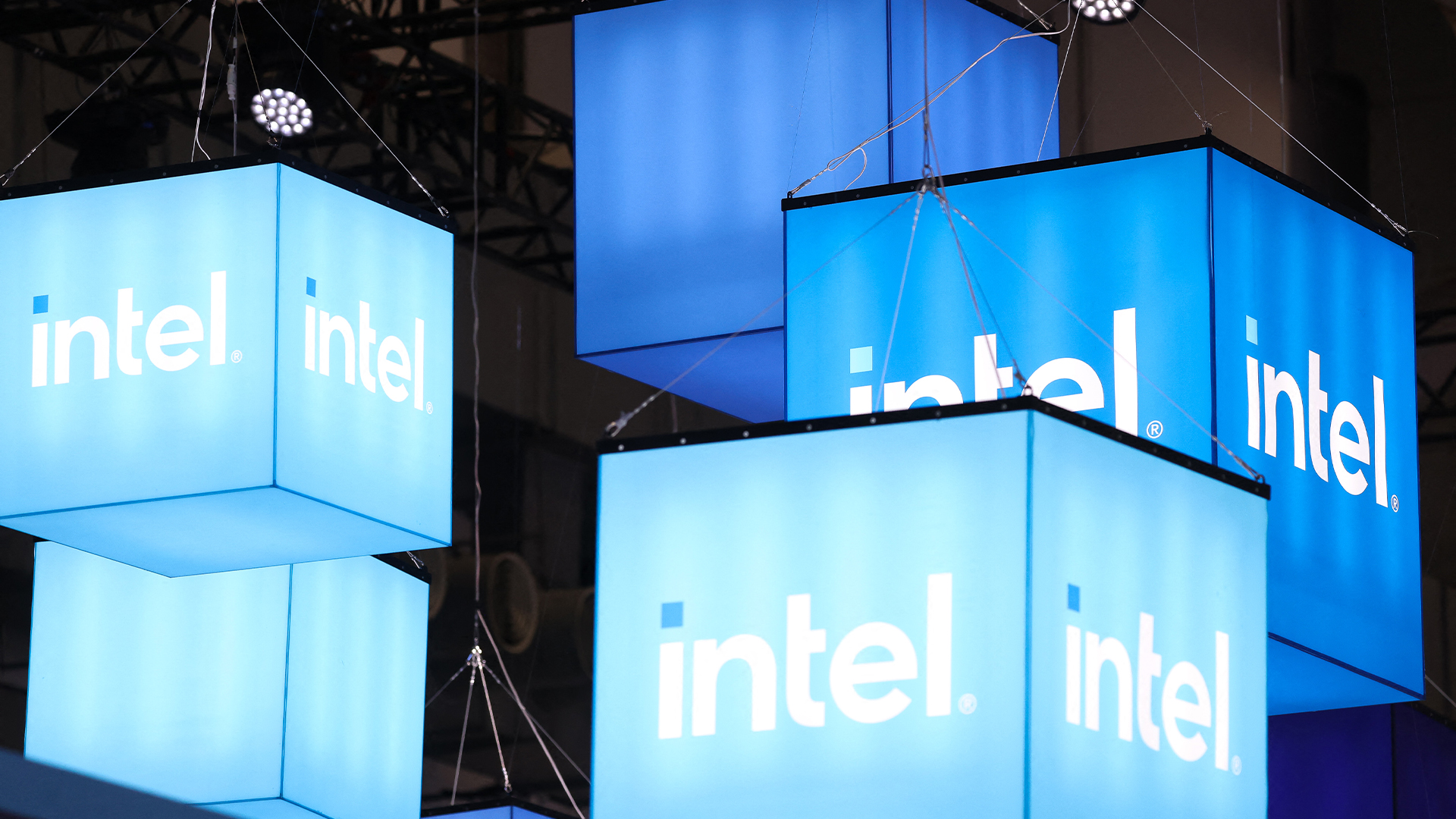 The gloves are off at Intel as new CEO plots major strategy shift
The gloves are off at Intel as new CEO plots major strategy shiftNews Intel’s incoming CEO has some big plans for the firm’s business strategy, sources familiar with the matter have told Reuters, with more job cuts looming on the horizon.
By George Fitzmaurice
-
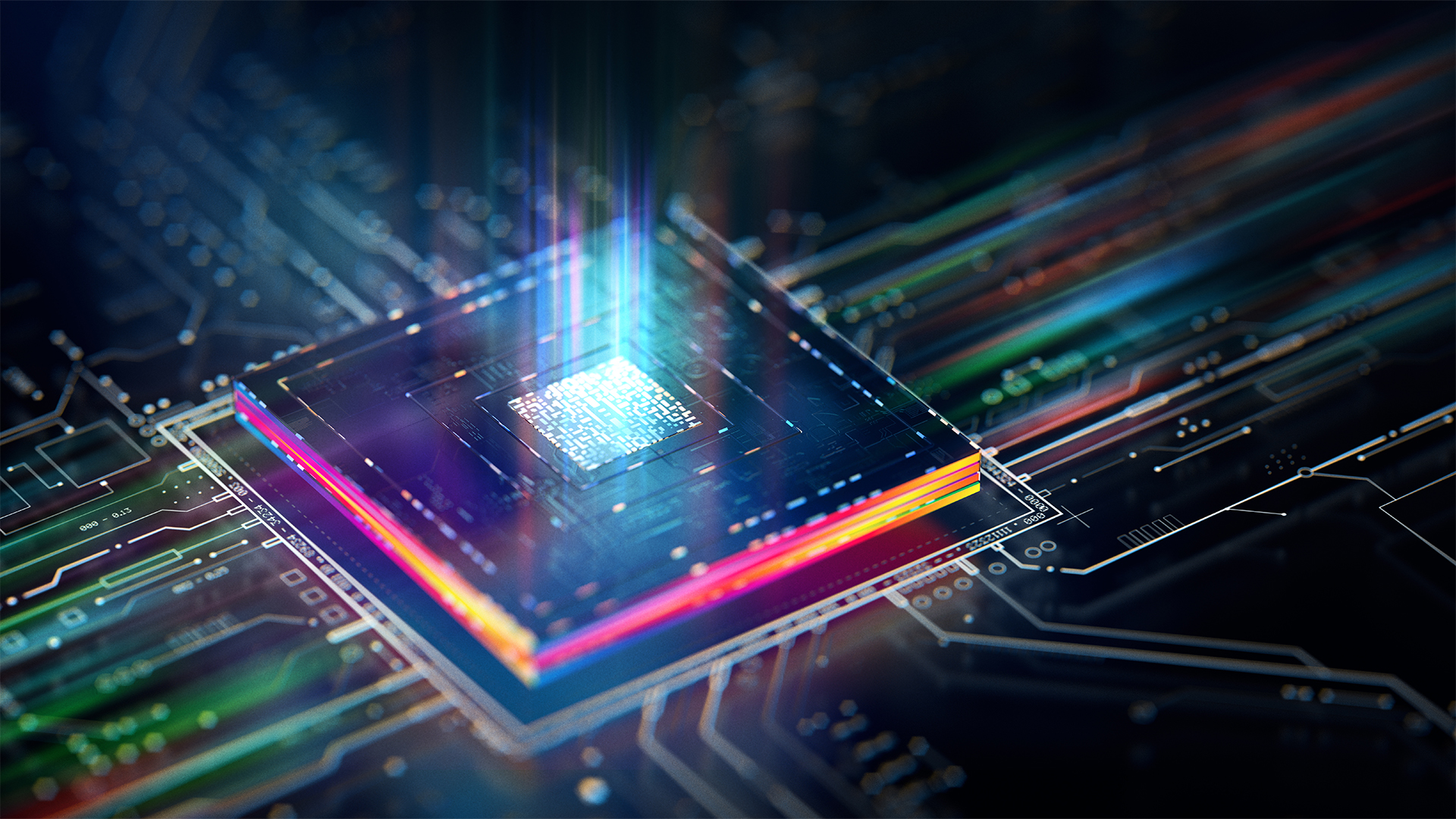 Why the CPU you chose is the key to Windows 11
Why the CPU you chose is the key to Windows 11The end of Windows 10 is on the horizon – it’s time to upgrade to an fTPM-protected processor
By Bobby Hellard
-
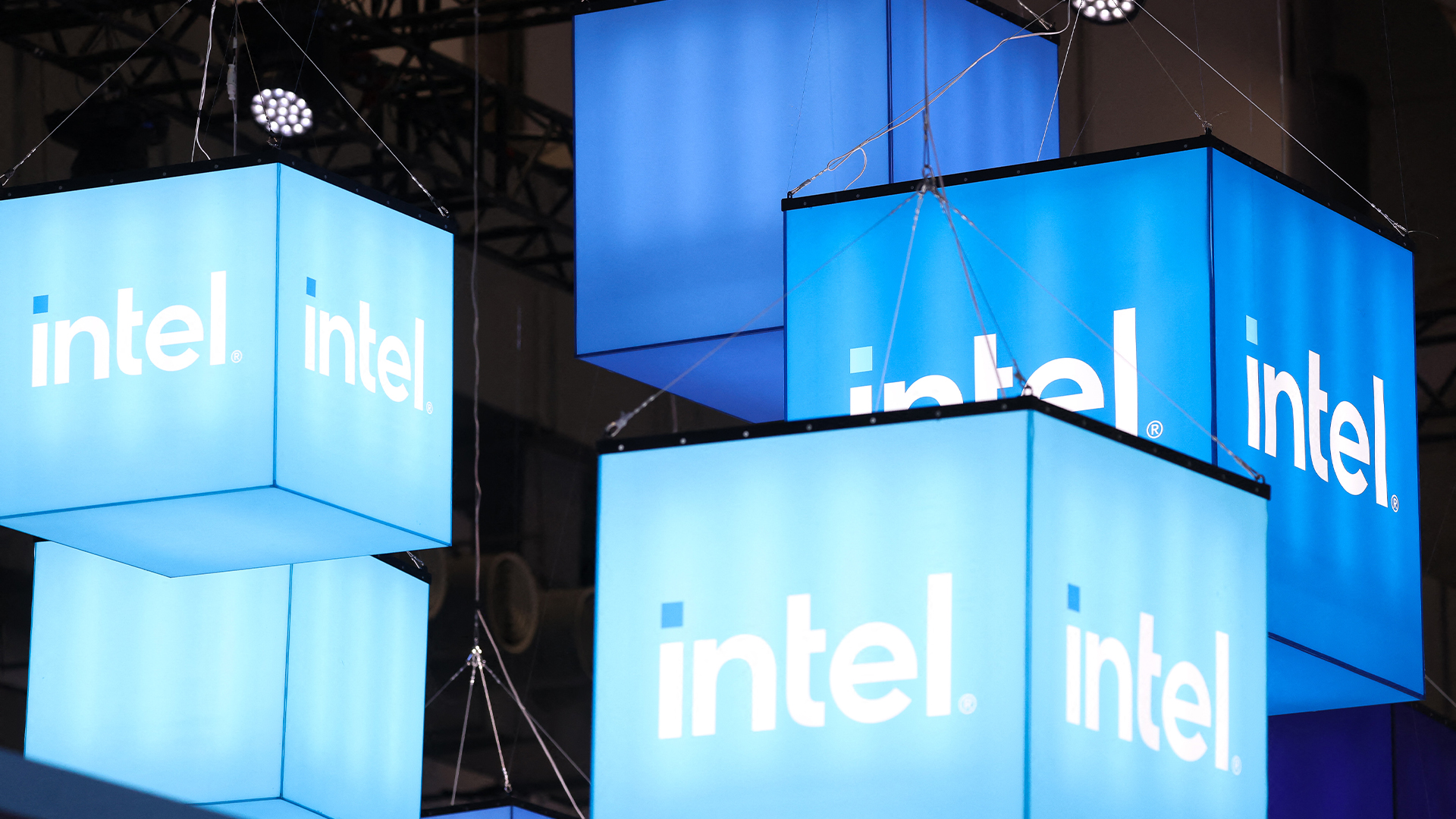 Intel just won a 15-year legal battle against EU
Intel just won a 15-year legal battle against EUNews Ruled to have engaged in anti-competitive practices back in 2009, Intel has finally succeeded in overturning a record fine
By Emma Woollacott
-
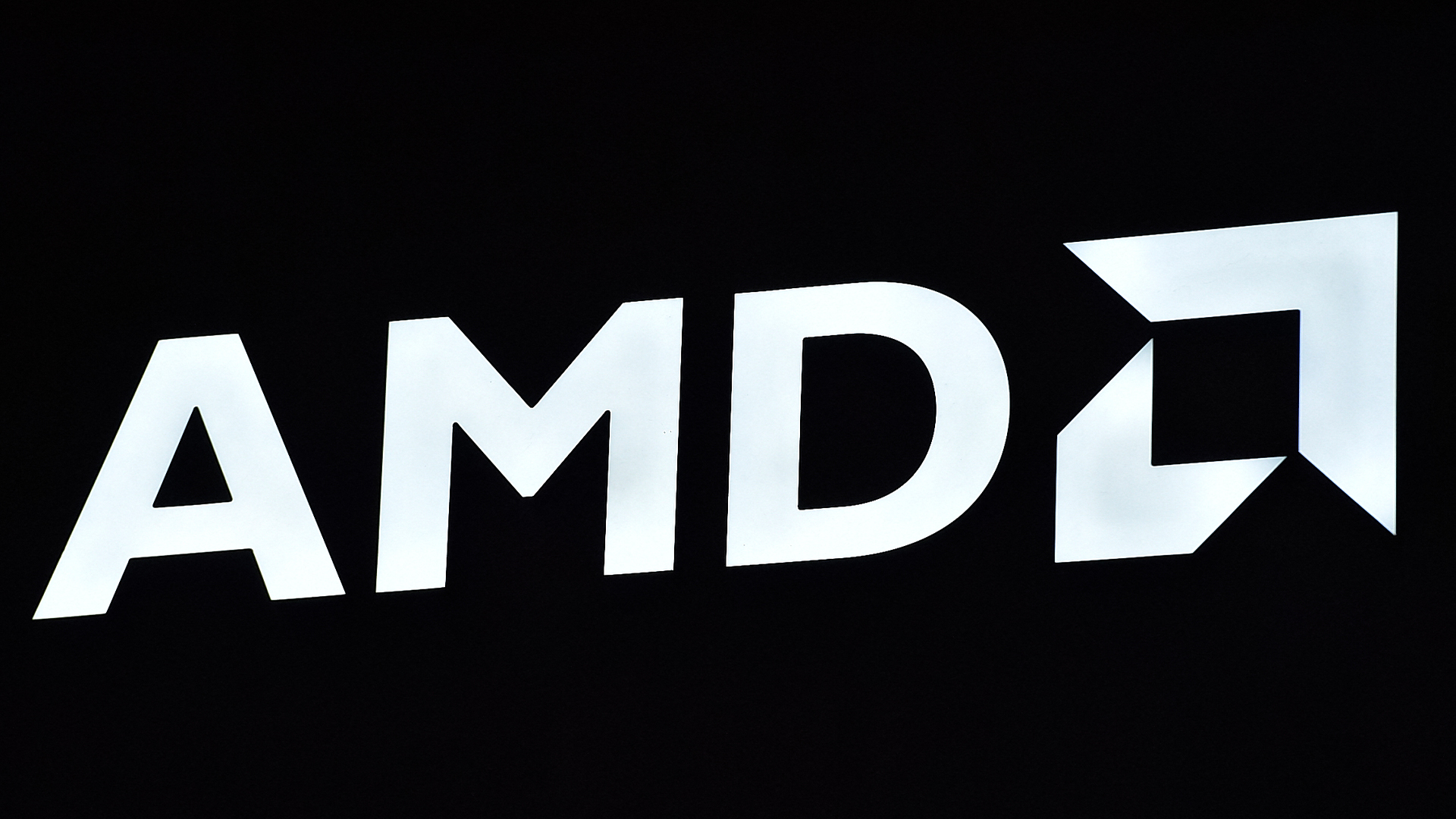 AMD and Intel’s new x86 advisory group looks to tackle Arm, but will it succeed?
AMD and Intel’s new x86 advisory group looks to tackle Arm, but will it succeed?News The pair will look to make x86 CPU architecture more interoperable
By George Fitzmaurice
-
 AMD’s patient roadmap has become a highway to success
AMD’s patient roadmap has become a highway to successAnalysis While everyone was focused on Nvidia’s meteoric rise, AMD was preparing the hardware needed to take the fight to its long-time competitor
By Ross Kelly
-
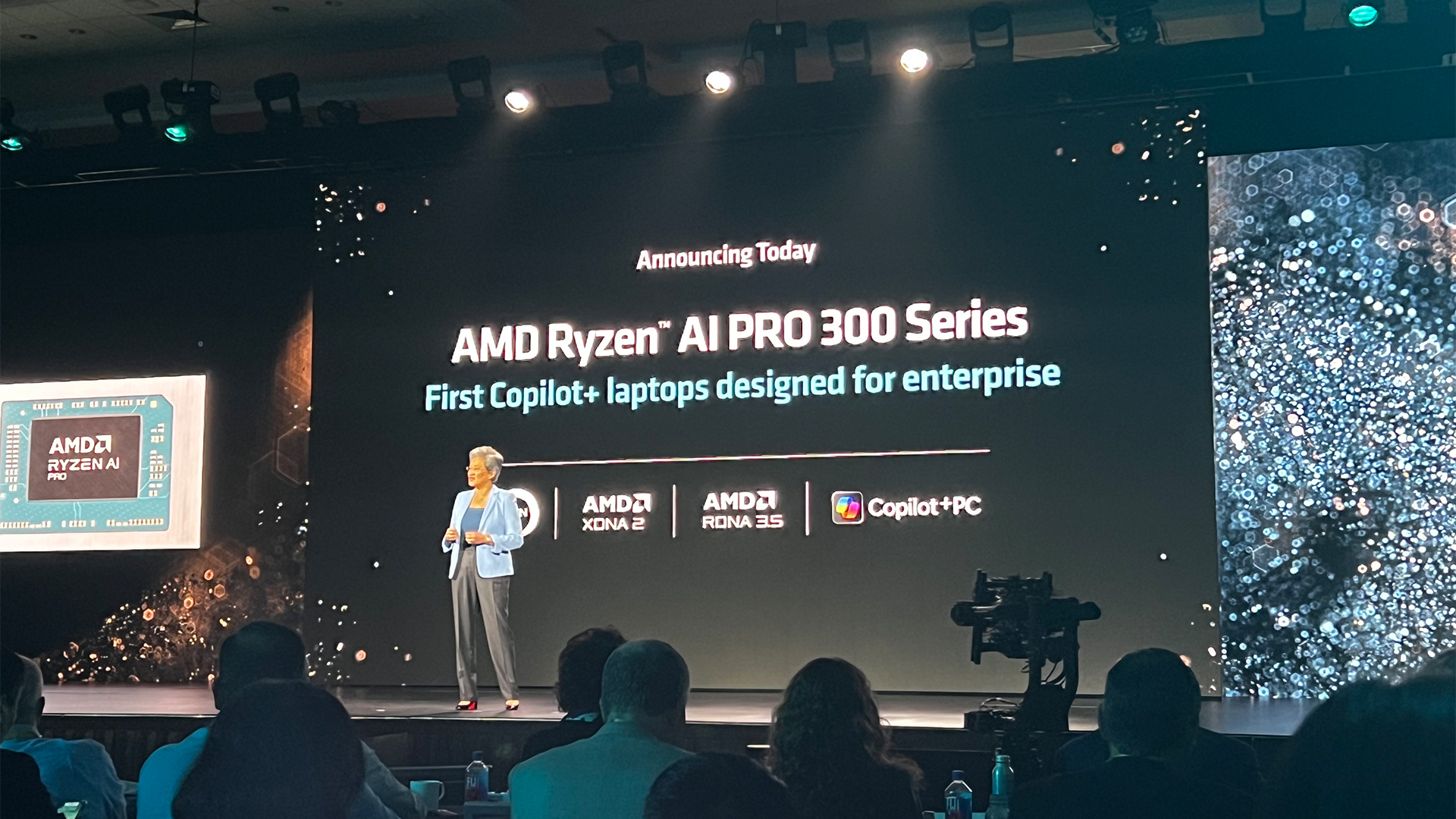 AMD just made a big statement in the AI PC race with its Ryzen AI Pro 300 series processors
AMD just made a big statement in the AI PC race with its Ryzen AI Pro 300 series processorsNews With all eyes focused on the AI PC craze, AMD looks to one-up the competition
By Ross Kelly
-
 AMD’s new Instinct GPUs might just blow Nvidia out of the water
AMD’s new Instinct GPUs might just blow Nvidia out of the waterNews The chip maker unveiled its newest Instinct GPU series in San Francisco today – and it’s very bullish on performance in the race with Nvidia
By Ross Kelly
-
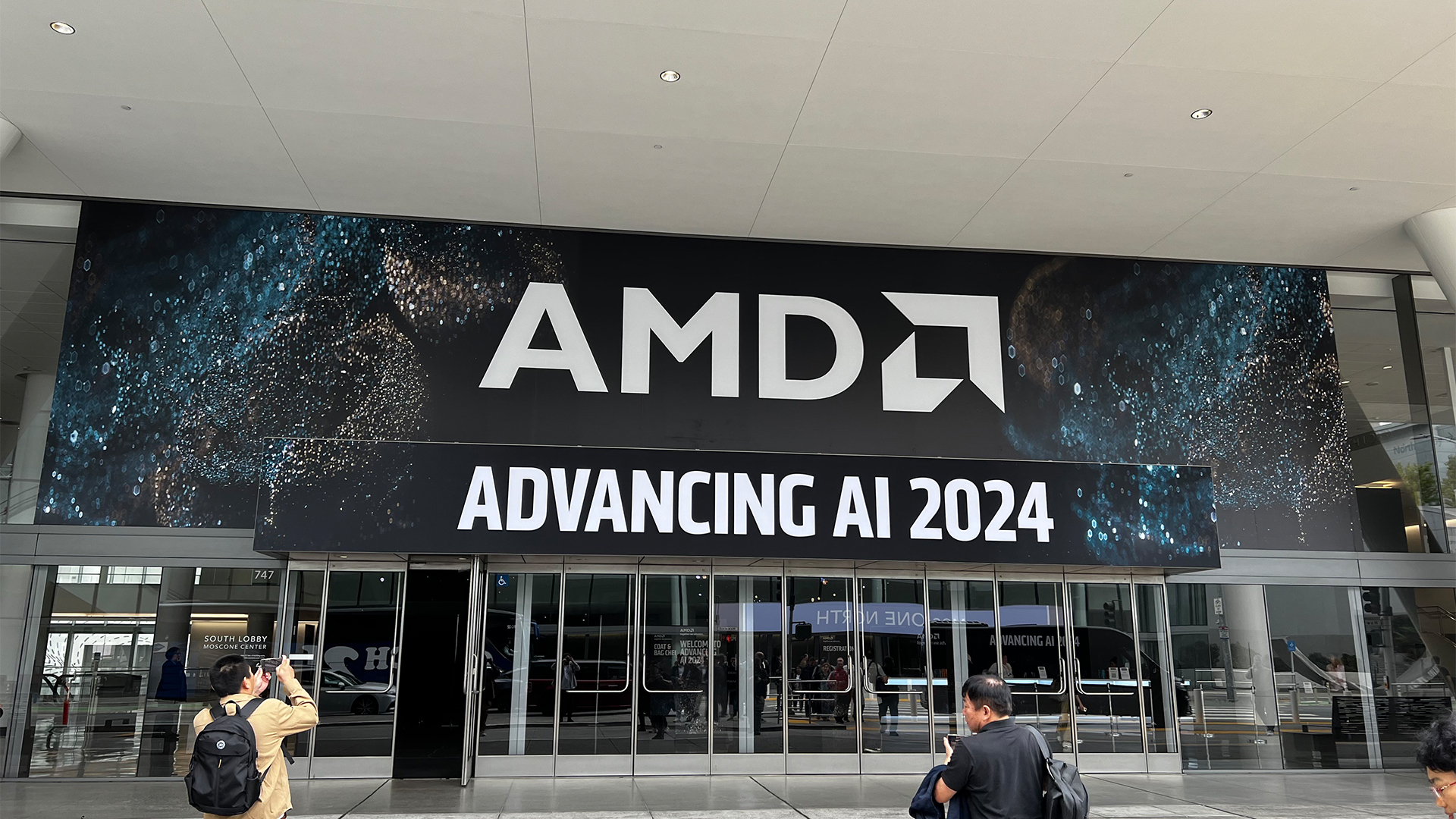 AMD Advancing AI live: All the news and updates as they happened
AMD Advancing AI live: All the news and updates as they happenedLive Blog ITPro has been live on the ground at the AMD Advancing AI conference in San Francisco this week – here's everything we learned in the big keynote with CEO Lisa Su
By Ross Kelly